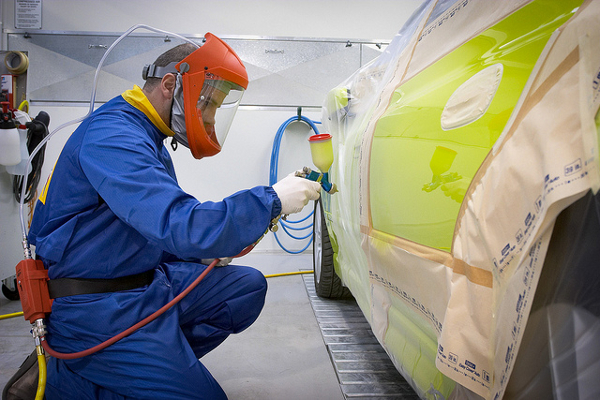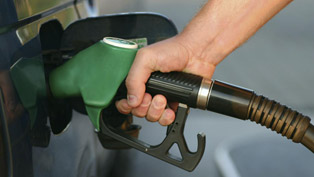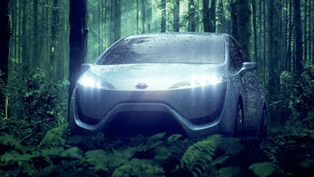The Evolution of Automobile Paint

Just as the automobile has evolved during its 100 plus year lifetime so have the coatings that protect and beautify them. Not only have the paints evolved from natural products to fullysynthetic ones, the method of applying them has changed from laborious hand brushing to fully automated methods. Thanks to information we gleaned from the www.browningdodge.com website, we can honestly say that the history of automotive coatings is really just as interesting as any other automotive technology. Here's the quick history for you.
In the first part of the 20th century, automobiles were painted the same way the horse-drawn carriages were - completely by hand. The paints were natural-based (frequently linseed oil and natural pigments) and the painting process was a lengthy affair. Back then, painting a car required several coats of paint and several days of drying time! Needless to say, this part of the production process was a serious bottleneck in the automotive manufacturing process.
DuPont developed a greatly improved paint system in the early 1920s with its lacquer paints. These paints were based on nitrocellulose and were applied via spray guns. This speeded up vehicle assembly time a great deal. They weren't perfect paints, though, multiple coats were still needed and drying had to occur in between coats. Lacquers also have poor resistance to certain petroleum-based solvents. Repeated exposures to gasoline spills, for example, could damage lacquer finishes. This was an obvious problem for vehicles that could get splashed with gasoline when getting filled.
In the 1930s, another major development in paint technology came with enamel paints. Enamels were sprayed on vehicles and then were baked in ovens. This speeded up the manufacturing process a lot and produced a rock hard finish which was resistant to solvents (such as gasoline). However, enamel paints had a down side. They oxidized in direct sunlight which caused the colors to begin to show fading and/or dulling quickly, sometimes in just a few months. The durability of enamel finishes was improved considerably with the introduction of "acrylic enamels" in the early 60's. Acrylic enamels offered much improved durability and a wider range of bright, pleasing colors – especially metallics.
In the late 1970s, a new type of finish, called "basecoat/clearcoat," was developed. Basically this type of paint consisted of a pigmented enamel basecoat followed by an ultra-hard clear enamel top. It allowed a great deal more flexibility in the composition of the base coat (more colors and metallic) because the top clear coat functioned as a protectant by incorporating UV absorbers. And they were beautiful to look at. Initially, the cost of the basecoat/clearcoat paint system was expensive but refinements in the paint technology helped to reduce costs. By the late 80's this paint system had become widespread. In fact, only a small percentage of cars manufactured today do not use basecoat/clearcoat paint systems.
While the basecoat/clearcoat paint system is far superior to conventional one-coat enamel paints in many respects, it has a few disadvantages. The clearcoat has a greater tendency to show marring when rubbed by foreign materials. Finally, excessive polishing a car with clearcoat on it can remove a good part of the finish along with its built-in UV protectants.







